Wenyong Wang
Pedestrian Recognition with Radar Data-Enhanced Deep Learning Approach Based on Micro-Doppler Signatures
Jun 14, 2023Abstract:As a hot topic in recent years, the ability of pedestrians identification based on radar micro-Doppler signatures is limited by the lack of adequate training data. In this paper, we propose a data-enhanced multi-characteristic learning (DEMCL) model with data enhancement (DE) module and multi-characteristic learning (MCL) module to learn more complementary pedestrian micro-Doppler (m-D) signatures. In DE module, a range-Doppler generative adversarial network (RDGAN) is proposed to enhance free walking datasets, and MCL module with multi-scale convolution neural network (MCNN) and radial basis function neural network (RBFNN) is trained to learn m-D signatures extracted from enhanced datasets. Experimental results show that our model is 3.33% to 10.24% more accurate than other studies and has a short run time of 0.9324 seconds on a 25-minute walking dataset.
Novel deep learning methods for 3D flow field segmentation and classification
May 10, 2023Abstract:Flow field segmentation and classification help researchers to understand vortex structure and thus turbulent flow. Existing deep learning methods mainly based on global information and focused on 2D circumstance. Based on flow field theory, we propose novel flow field segmentation and classification deep learning methods in three-dimensional space. We construct segmentation criterion based on local velocity information and classification criterion based on the relationship between local vorticity and vortex wake, to identify vortex structure in 3D flow field, and further classify the type of vortex wakes accurately and rapidly. Simulation experiment results showed that, compared with existing methods, our segmentation method can identify the vortex area more accurately, while the time consumption is reduced more than 50\%; our classification method can reduce the time consumption by more than 90\% while maintaining the same classification accuracy level.
A Manifold-based Airfoil Geometric-feature Extraction and Discrepant Data Fusion Learning Method
Jun 23, 2022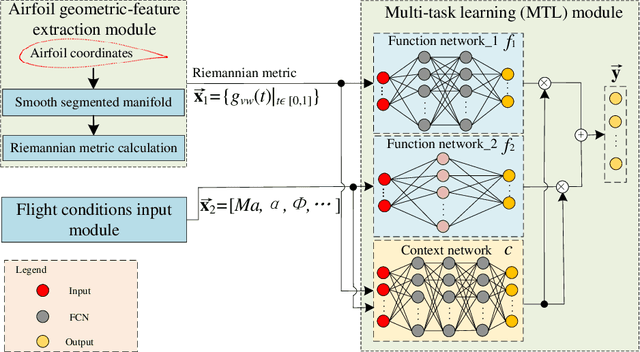
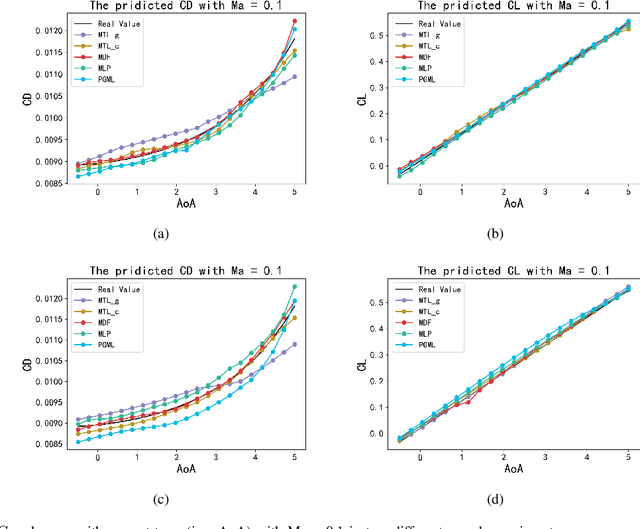
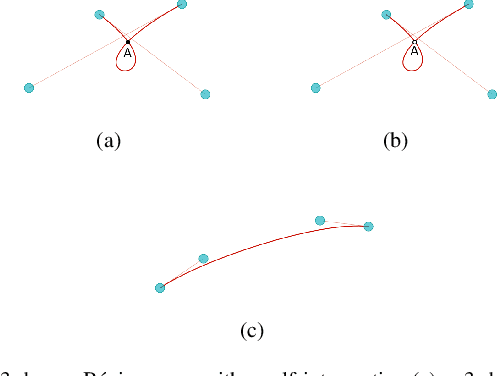
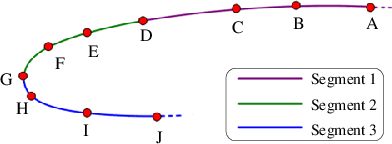
Abstract:Geometrical shape of airfoils, together with the corresponding flight conditions, are crucial factors for aerodynamic performances prediction. The obtained airfoils geometrical features in most existing approaches (e.g., geometrical parameters extraction, polynomial description and deep learning) are in Euclidean space. State-of-the-art studies showed that curves or surfaces of an airfoil formed a manifold in Riemannian space. Therefore, the features extracted by existing methods are not sufficient to reflect the geometric-features of airfoils. Meanwhile, flight conditions and geometric features are greatly discrepant with different types, the relevant knowledge of the influence of these two factors that on final aerodynamic performances predictions must be evaluated and learned to improve prediction accuracy. Motivated by the advantages of manifold theory and multi-task learning, we propose a manifold-based airfoil geometric-feature extraction and discrepant data fusion learning method (MDF) to extract geometric-features of airfoils in Riemannian space (we call them manifold-features) and further fuse the manifold-features with flight conditions to predict aerodynamic performances. Experimental results show that our method could extract geometric-features of airfoils more accurately compared with existing methods, that the average MSE of re-built airfoils is reduced by 56.33%, and while keeping the same predicted accuracy level of CL, the MSE of CD predicted by MDF is further reduced by 35.37%.
A Multi-Characteristic Learning Method with Micro-Doppler Signatures for Pedestrian Identification
Mar 23, 2022



Abstract:The identification of pedestrians using radar micro-Doppler signatures has become a hot topic in recent years. In this paper, we propose a multi-characteristic learning (MCL) model with clusters to jointly learn discrepant pedestrian micro-Doppler signatures and fuse the knowledge learned from each cluster into final decisions. Time-Doppler spectrogram (TDS) and signal statistical features extracted from FMCW radar, as two categories of micro-Doppler signatures, are used in MCL to learn the micro-motion information inside pedestrians' free walking patterns. The experimental results show that our model achieves a higher accuracy rate and is more stable for pedestrian identification than other studies, which make our model more practical.
Flow Field Reconstructions with GANs based on Radial Basis Functions
Aug 11, 2020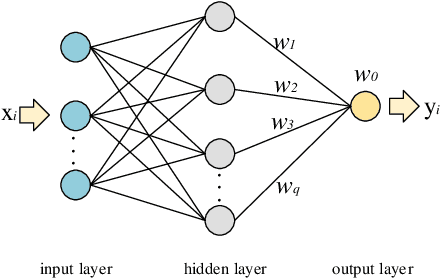



Abstract:Nonlinear sparse data regression and generation have been a long-term challenge, to cite the flow field reconstruction as a typical example. The huge computational cost of computational fluid dynamics (CFD) makes it much expensive for large scale CFD data producing, which is the reason why we need some cheaper ways to do this, of which the traditional reduced order models (ROMs) were promising but they couldn't generate a large number of full domain flow field data (FFD) to realize high-precision flow field reconstructions. Motivated by the problems of existing approaches and inspired by the success of the generative adversarial networks (GANs) in the field of computer vision, we prove an optimal discriminator theorem that the optimal discriminator of a GAN is a radial basis function neural network (RBFNN) while dealing with nonlinear sparse FFD regression and generation. Based on this theorem, two radial basis function-based GANs (RBF-GAN and RBFC-GAN), for regression and generation purposes, are proposed. Three different datasets are applied to verify the feasibility of our models. The results show that the performance of the RBF-GAN and the RBFC-GAN are better than that of GANs/cGANs by means of both the mean square error (MSE) and the mean square percentage error (MSPE). Besides, compared with GANs/cGANs, the stability of the RBF-GAN and the RBFC-GAN improve by 34.62% and 72.31%, respectively. Consequently, our proposed models can be used to generate full domain FFD from limited and sparse datasets, to meet the requirement of high-precision flow field reconstructions.
 Add to Chrome
Add to Chrome Add to Firefox
Add to Firefox Add to Edge
Add to Edge